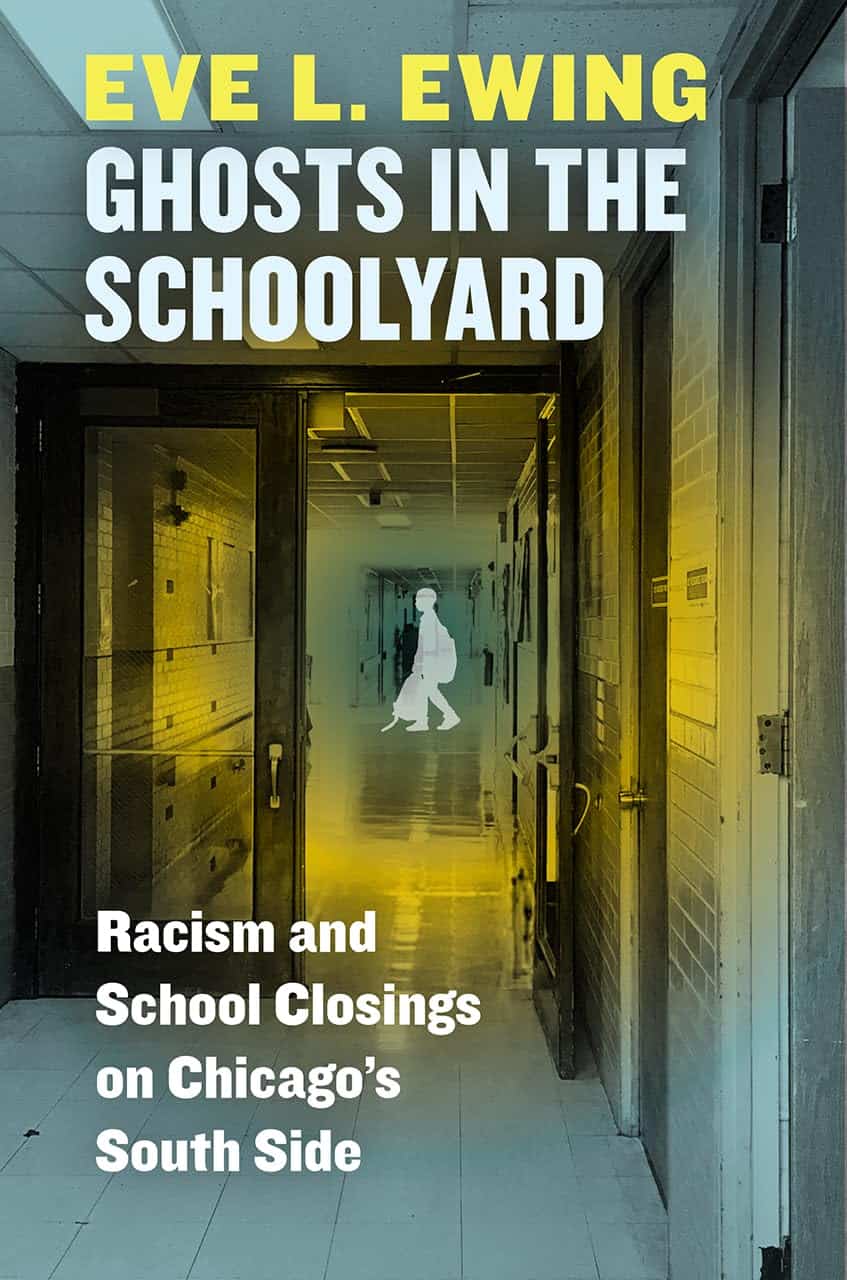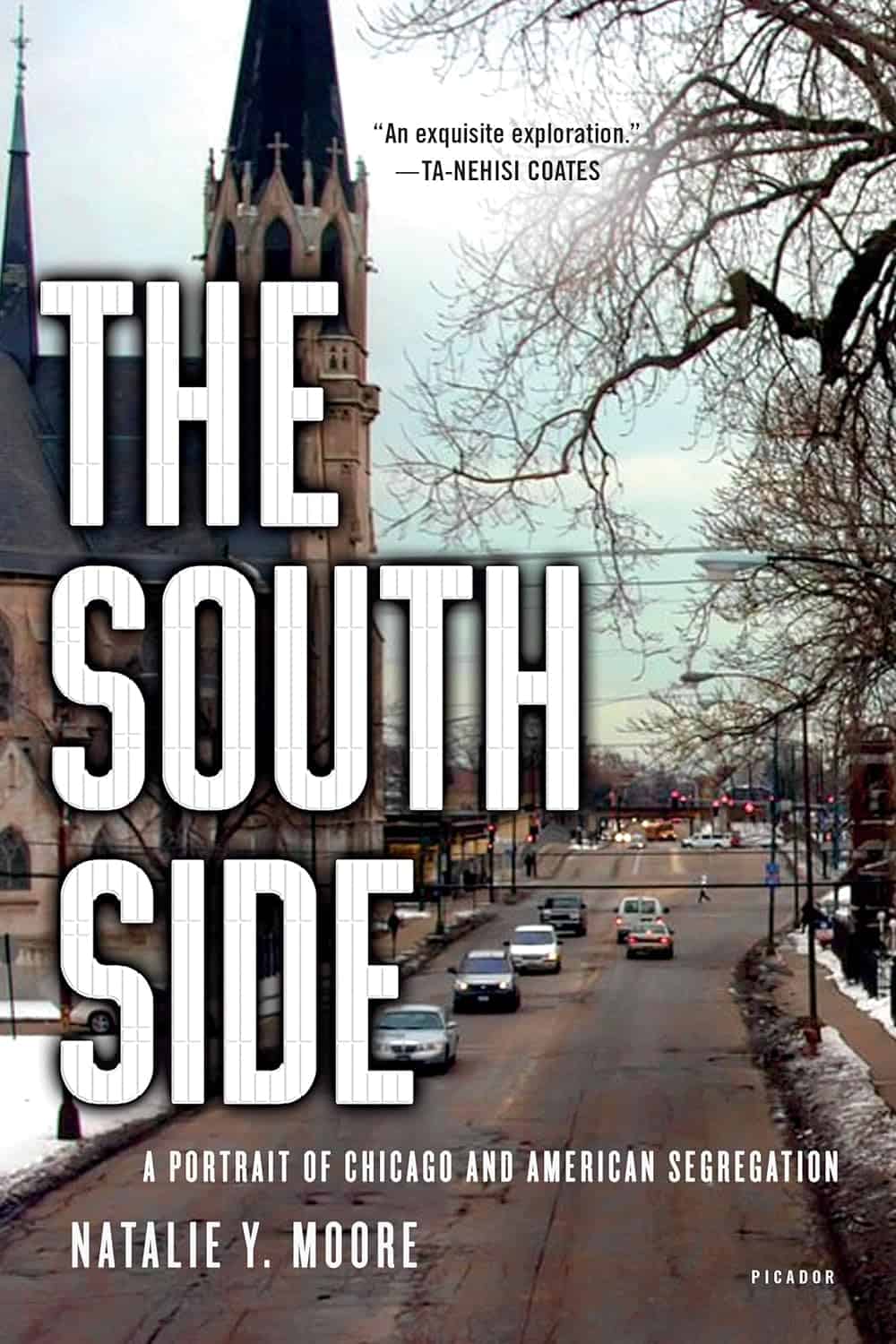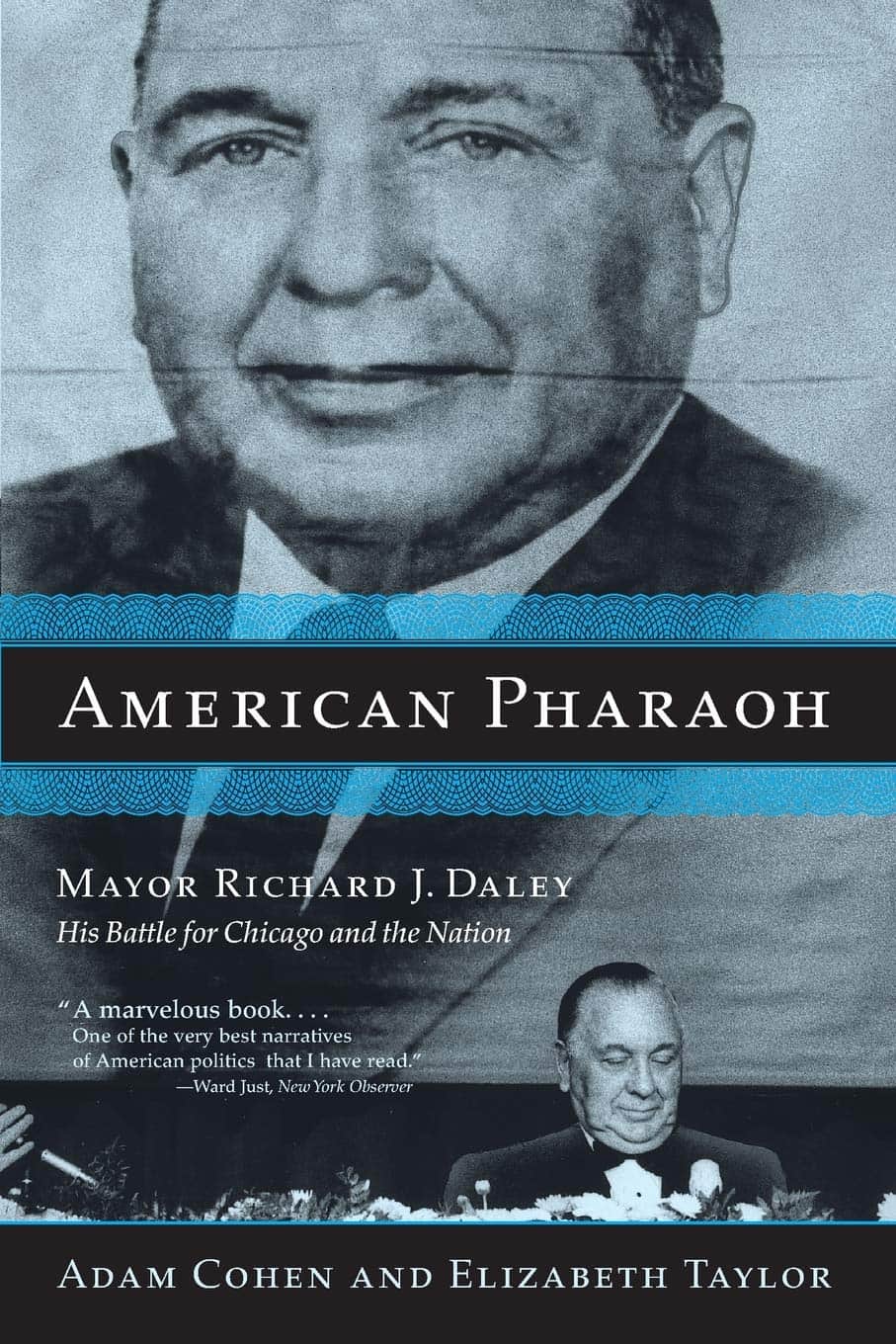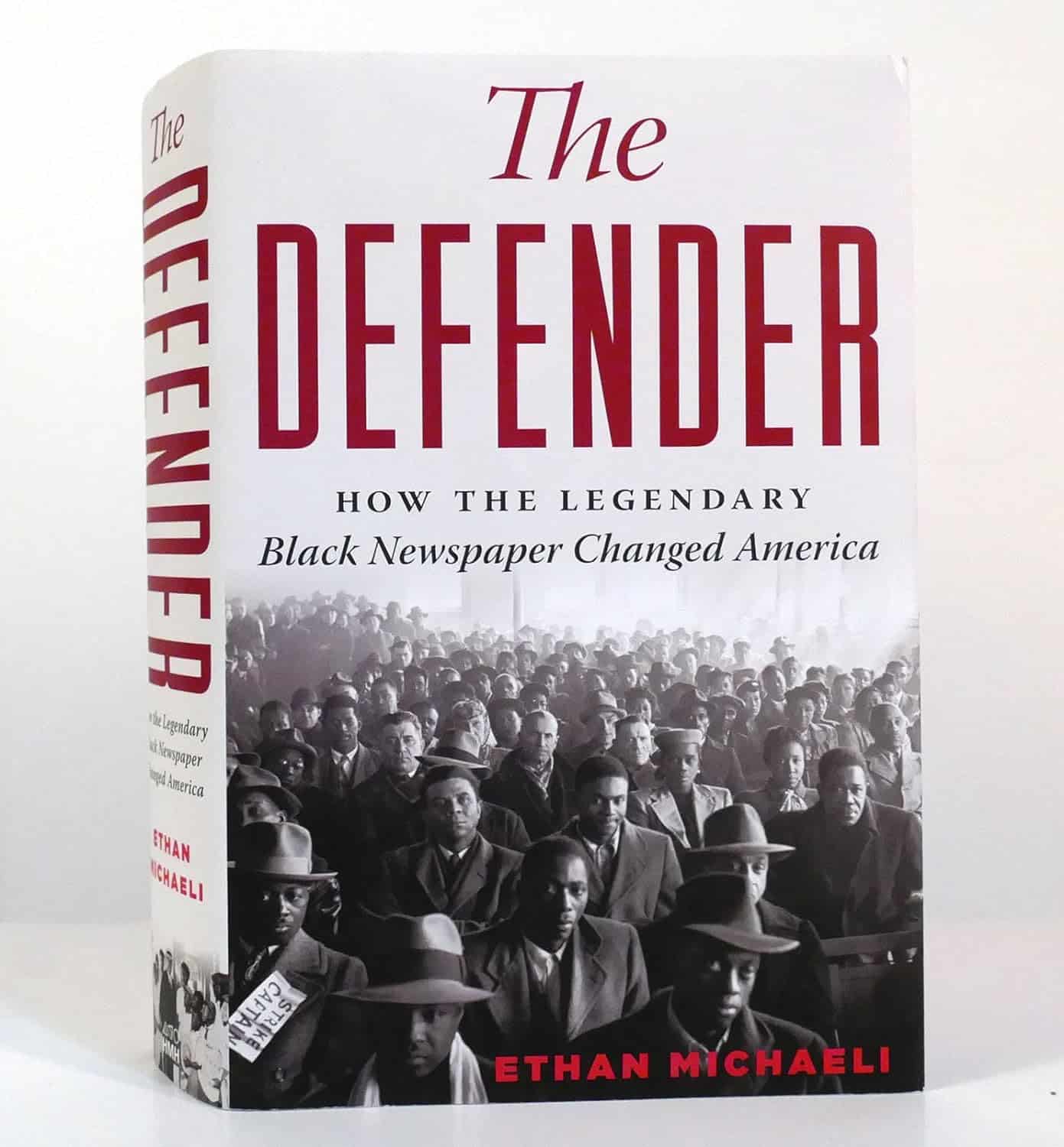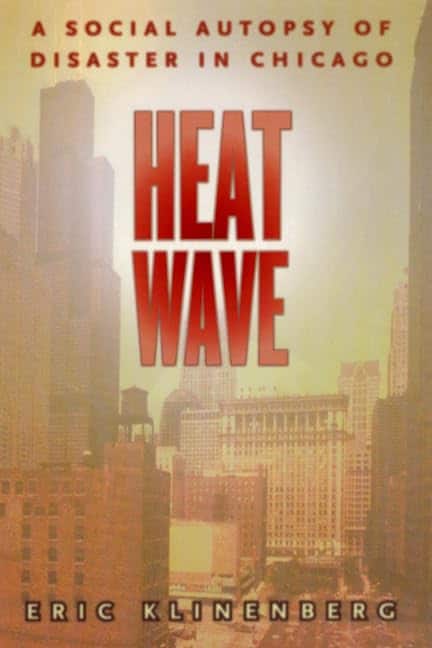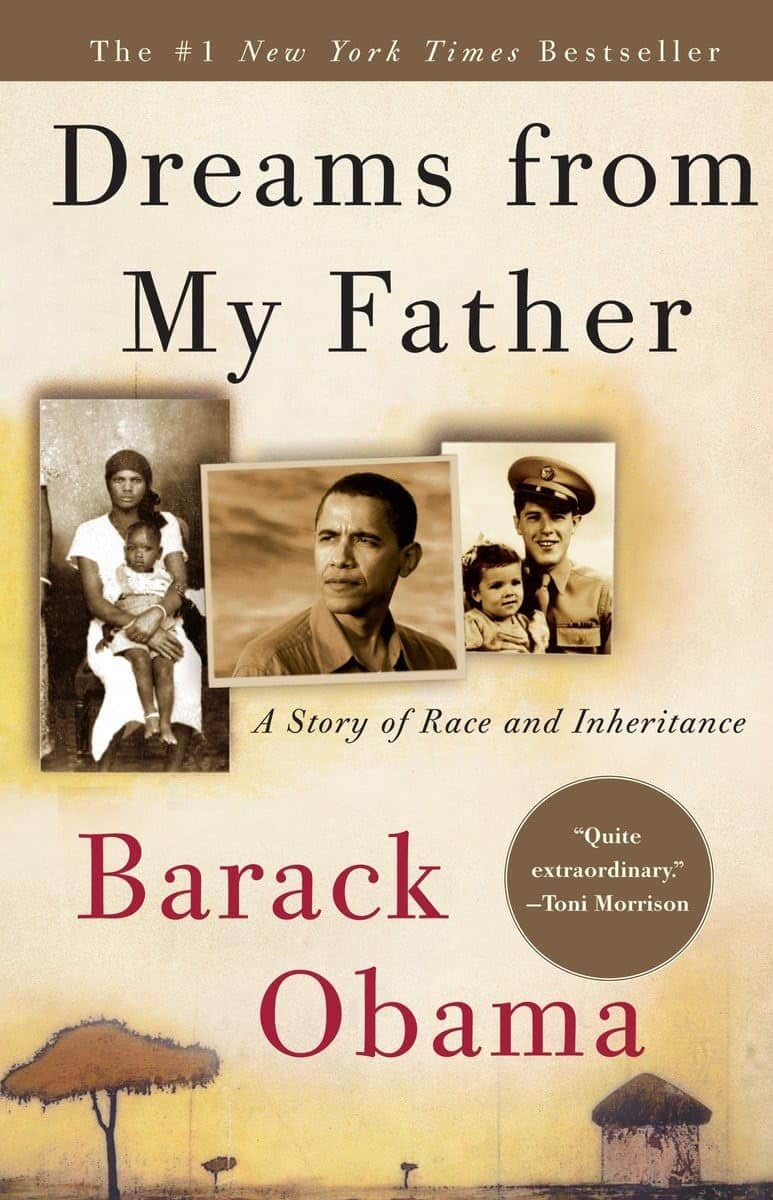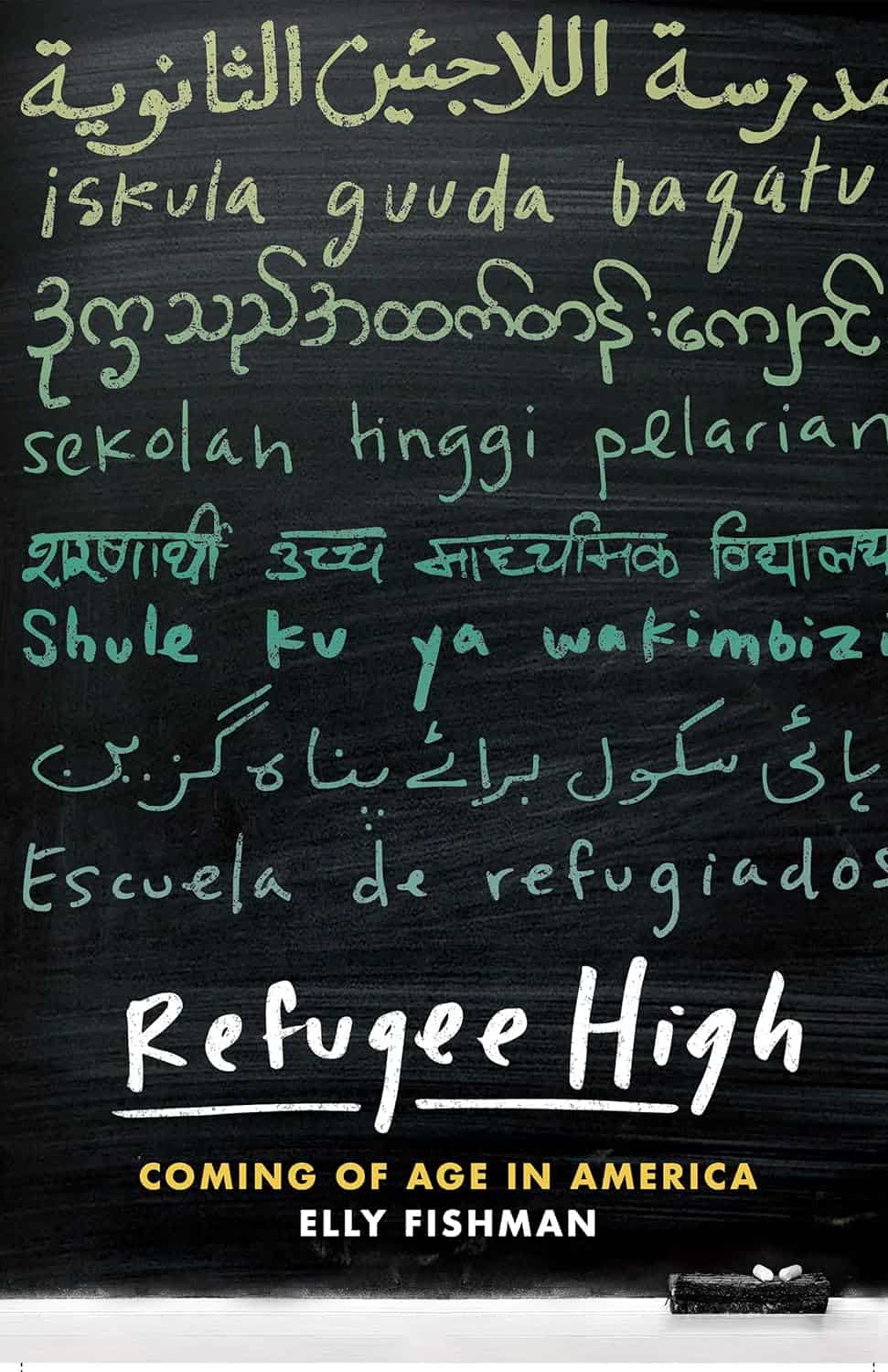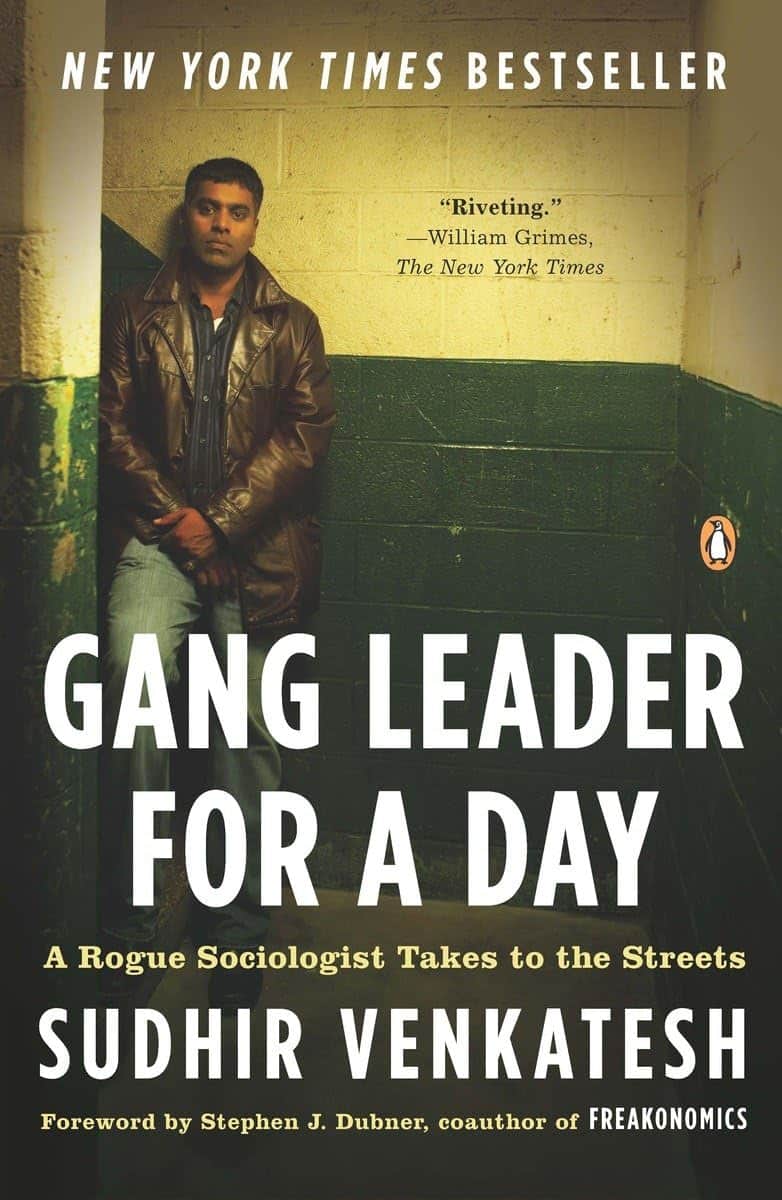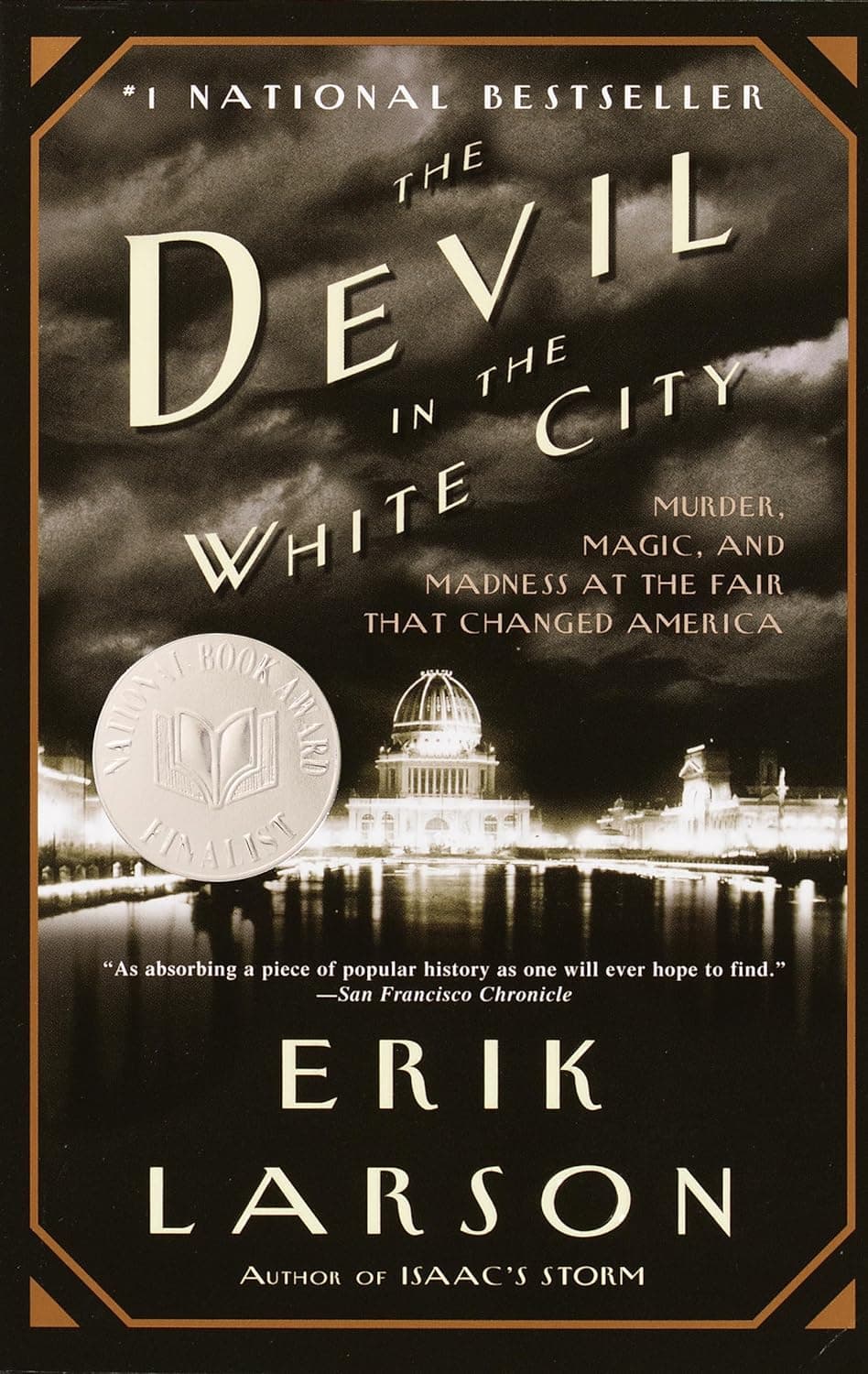Chicago, also known as the Windy City, has been a hub of urban studies since the 1890s. It has been considered an ideal laboratory for studying urban issues, and that still holds true today. From segregation to immigration, politics to crime, gangs to education, and economic inequality, Chicago’s story is America’s story.
In this article, we have compiled a list of Chicago’s best non-fiction books of the 21st Century. These books cover almost every facet of big-city life and offer a glimpse into the city’s rich history and culture. Join us as we delve into the world of Chicago’s urban landscape and explore the stories that make this city so unique.
1. Ghosts in the Schoolyard: Racism and School Closings on Chicago’s South Side (2018)
Ewing, a professor at the University of Chicago, examines the 2013 closure of 50 schools in mostly Black neighborhoods on the South and West sides of Chicago. She focuses on Bronzeville and the month-long hunger strike that kept Dyett High School open.
Ewing questions why people care so much about schools deemed to be “failing” and why they fight to save them. She argues that the answer lies in the title of her book, “Ghosts in the Schoolyard,” which refers to the impact of empty schools on the surrounding community.
Ewing highlights the racism behind the school closures and the devastating effects they had on the neighborhoods they served.
2. The South Side: A Portrait of American Segregation (2016)
Natalie Y. Moore, a WBEZ journalist and a resident of Chatham, Chicago, sheds light on the issue of segregation in America. Moore argues that segregation not only leads to social isolation but also hinders the ability of Black Americans to accumulate wealth.
Due to the lack of businesses opening stores in segregated neighborhoods, money does not stay within the Black community. This results in property being worth less and, consequently, Black Americans being unable to build wealth.
Moore’s personal experience highlights this issue as she purchased a condo in Bronzeville for $172,000 in 2008, and five years later, it was worth only $55,000. Despite the challenges, Moore still considers the South Side of Chicago as a magical place and the heart of Black America.
3. American Pharaoh: Mayor Richard J. Daley – His Battle for Chicago and the Nation (2001)
Mayor Richard J. Daley, like a pharaoh, left a lasting legacy on the city of Chicago. When he took office in 1955, the city’s downtown had not seen a new skyscraper since the Great Depression. However, by the time of his death, the Sears Tower and the John Hancock Center had risen to dominate the skyline.
Despite these achievements, Daley was also responsible for enforcing the city’s segregation policies, which confined Black residents to slums and housing projects.
Cohen and Taylor credit Daley with saving Chicago from the fate of other Rust Belt cities like Detroit and Cleveland. Although lacking the wit and style of Mike Royko’s Boss, their biography provides a comprehensive perspective of history.
4. The Defender: How the Legendary Black Newspaper Changed America (2016)
Ethan Michaeli, a former employee of the Chicago Defender during the 1990s, wrote a full-length biography of the newspaper titled “The Defender: How the Legendary Black Newspaper Changed America.”
The book chronicles the rise of Black Chicago, from the founding of the newspaper by Robert S. Abbott to the election of Harold Washington and Barack Obama.
The Chicago Defender played a crucial role in inspiring the Great Migration and building the Black Metropolis by distributing stories of a better life for African-Americans in Chicago through Pullman porters who delivered the newspaper all over the South.
5. Heat Wave: A Social Autopsy of Disaster in Chicago (2002)
Eric Klinenberg, a sociologist at New York University and a Chicago native, conducted a “social autopsy” of the heat wave disaster that occurred in July of 1995.
The temperature in Chicago reached a scorching 106 degrees, and over 700 people died, many of whom were isolated senior citizens who suffocated alone in their apartments. Klinenberg’s study found that the causes of the disaster were deeply rooted in Chicago’s long-standing issues of racism, segregation, inequality, and disinvestment.
6. Dreams from My Father: A Story of Race and Inheritance (1995)
Dreams from My Father is a memoir written by Barack Obama, which was published in 1995. However, it was not widely read until 2004, after Obama’s speech at the Democratic National Convention. The book is semi-fictionalized and tells the story of Obama’s upbringing in Hawaii and his career as a community organizer on the South Side of Chicago, where he earned a modest salary of $10,000 a year.
In the book, Obama refers to state Sen. Emil Jones as an “old ward heeler” who begged for a seat next to Harold Washington at a ribbon cutting. However, Jones did not hold it against him. When Obama was elected to the state senate, Jones became his “godfather,” helping him build the legislative resume that won him a promotion to the U.S. Senate.
7. Refugee High: Coming of Age in America (2021)
Elly Fishman spent a year at Sullivan High School in Rogers Park, Chicago. The school has a diverse student population with people from 35 different countries and speaking 38 languages.
Fishman’s book, which began as an article in Chicago magazine, explores the conflicts between and within ethnic groups at Sullivan High. She writes about a Congolese boy who is attacked by gang members and his family who moves to Iowa as a result.
Fishman also chronicles the story of a 16-year-old Burmese girl who refuses an arranged marriage to stay in school and pursue a job of her own. Sullivan High is considered as one of the most integrated schools in the city, despite the segregation in the area.
8. Gang Leader for a Day: A Rogue Sociologist Takes to the Streets (2008)
Sociology graduate student Sudhir Venkatesh defied the norm and ventured beyond the designated University of Chicago area to conduct research in the Robert Taylor Homes.
Initially taken hostage by gang members who mistook him for a rival gang member, Venkatesh was able to convince them of his true intentions and was allowed to follow the Black Kings, a drug-selling gang, for seven years. Venkatesh’s book, “Gang Leader for a Day,” documented his experiences and led to a professorship at Columbia University.
However, some readers questioned whether Venkatesh’s portrayal of himself as a sociologist was accurate, as he seemed to have immersed himself in the gang culture.
9. The Devil in the White City: Murder, Magic, and Madness at the Fair That Changed America (2003)
Erik Larson’s book, “The Devil in the White City,” has become one of the best-selling books in Chicago’s history, with over 2.3 million copies sold. The book tells the story of the 1893 Columbian Exposition, which marked Chicago’s emergence as a world-class city.
The fair was nicknamed the White City, in reference to the color of the buildings on the midway, which was overseen by Daniel Burnham. While the fair was taking place, serial killer H.H.
Holmes was operating nearby, murdering and dismembering 27 victims in his Englewood hotel. Larson masterfully intertwines the biographies of Chicago’s greatest builder and its greatest destroyer.
10. The Chicago Neighborhood Guidebook (2019)
Martha Bayne edited a book titled “The Chicago Neighborhood Guidebook (2019)” which covers 46 essays on 77 community areas in Chicago. The book delves into the city’s neighborhoods, including the less obvious ones.
Readers can learn about Pudgy’s Pizza, a culinary institution in Hegewisch, and what it’s like to grow up as a rebellious Muslim girl in West Rogers Park.
The book also covers hanging out in Lithuanian-only bars with your old man in Marquette Park and life under the Midway Airport flight path in Garfield Ridge. The book provides armchair travel that doesn’t require crossing the city limits.
Summary
This article highlights the top 10 nonfiction books set in Chicago in the 21st century. The list includes a variety of genres, from memoirs to investigative journalism, and covers topics such as politics, crime, and social issues.
Each book offers a unique perspective on the city, its history, and its people. The selection is based on critical acclaim, popularity, and relevance to contemporary Chicago.
